Kasem’s teenage years were spent living under siege in the city of Homs, where friends and relatives disappeared in regime prisons and her family lived much of the time without electricity, struggling to secure food and medicine. All the while, Bashar al-Assad’s air force dropped barrel bombs and cluster munitions on their neighbourhood.
When the city fell, the Kasems were faced with a choice millions more would make during the course of the war: stay and face Assad’s troops, who would treat them like terrorists, or flee to Idlib province – also unstable, but at least outside regime control.
“I thought we were moving from one hell to another,” said the 21-year-old student. “But at least once we arrived I could focus again on studying, and on how to help rebuild Syria again. My generation is still carrying the same hopes for justice and freedom. We will not give up on what the older generation started.”
After 10 years of war, Assad, with the help of his Russian and Iranian allies, has clawed back control of most of the country, and the dream of a “Free Syria” is confined to a north-west pocket made up of Idlib city and the surrounding countryside.
An Islamist group with links to al-Qaida wrested control of the area from other opposition factions in 2019; regime airstrikes and the possibility of a full-scale assault remain a constant threat.
There are few jobs, and a steady stream of aid cuts have made life even harder for the estimated 3 million civilians trapped between the two forces. And yet, every Friday, groups of people still take to the squares of towns and villages to chant slogans and wave banners in support of Syria’s revolution, reiterating the same demands they had a decade ago. Major celebrations are expected on Monday 15 March – the anniversary of the day in 2011 a few dozen protesters braved the streets of Damascus to call for freedom.
“The price of joining the revolution was not small. We have paid a huge price and endured huge losses. But we are not just victims. We are survivors,” said Hasna Issa, 36, an activist formerly detained by the regime who now works on gender equality and female leadership programmes at Kesh Malek, a civil society organisation working across Syria’s north-west.
“We are raising the next generation in a way different to anything we could imagine before. My twin daughters are nine.… They are not just going to be able to vote in free elections in future; they know they can run for office.”
Kesh Malek, created in the early days of the uprising, runs young citizen workshops in which young men and women can learn about the principles of democracy, human rights and non-violent resistance that underpinned the revolution. The organisers also see the programme as an important bulwark against extremism.
“I didn’t think we would still be fighting for basic rights so much time later,” said Mohamed Barakat, the manager of a Kesh Malek community centre in the village of Killi.
“When the revolution started I thought what happened in other countries like Tunisia would happen in Syria too. I thought the regime would step away and give in to the people’s demand for freedom. Instead, they launched military action and bombing, and I realised that we would struggle for a long time.
“We have to keep the dream alive for the next generation … they are so motivated. Working with young people brings me hope and joy,” he added.
Syria’s young people bear many scars, both physical and mental. For teenagers, and those in their 20s, it is hard to reconcile past memories of peacetime happiness with the present.
“I have lost so much in the war. My father, my brother, years of my life as a young woman,” said photographer Hiba Barakat, 23.
“I love my work as a photographer, but it is difficult to make enough money, and the situation here is unstable and dangerous. During the military campaign against Idlib last year I went to document the bombing of a school, the day the regime targeted five schools on a single day.
“I have to do something in a situation like this. I have to tell the story. But life here is unbearable. Activists, journalists, social workers. Everyone applies for asylum.”
Dima Ghanoum, the headteacher of a school in Daret Azza, says all of her students would also leave Syria in a heartbeat if they had the chance.
“The younger children are very curious about life before the war. My own daughter, she will ask: ‘Did you really go to restaurants where you could order food and sit? Did you really have electricity all the time?’ They are the first generation to be born into freedom, but they don’t understand what it is yet, or the price we have paid for it.
“Under the regime we lived in an extremely unequal society. I can’t describe properly how it feels to teach in a tent, to have to stop class sometimes just to hug your students to stop them trembling with fear and cold.
“But I would never go back to regime control. We live in hardship and fear … but it is still better than that.”
Putting Syria’s pieces back together again for now remains a distant dream. For the new generation, it may not even happen: according to research from Save the Children, one in three children displaced inside the country want to leave, and 86% of refugee children interviewed in Jordan, Lebanon, Turkey and the Netherlands said they do not want to go back to the country their parents left.
“We face different things at our age than the older generation of activists did,” said Kasem. “Our childhood was completely destroyed. But we have a duty and ability to keep going … Our efforts to make Syria a better place deserve support from the outside world.
“Without the Syrian revolution, I wouldn’t be the person I am now.”


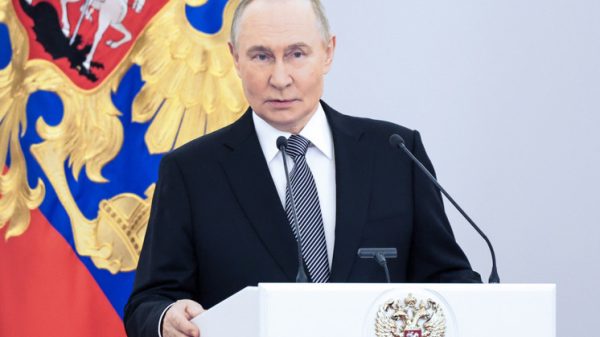

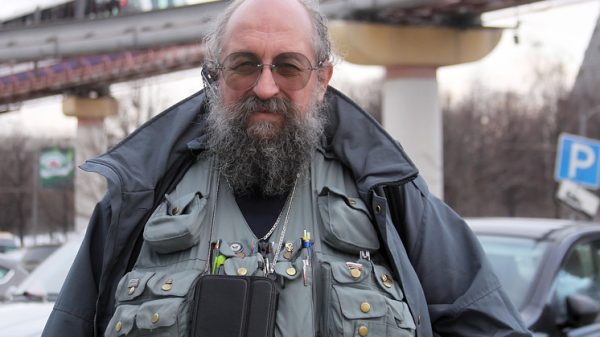


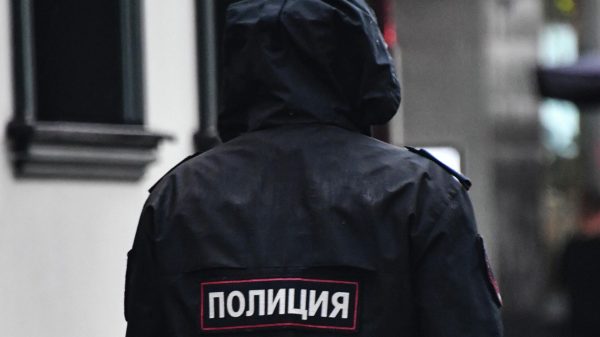
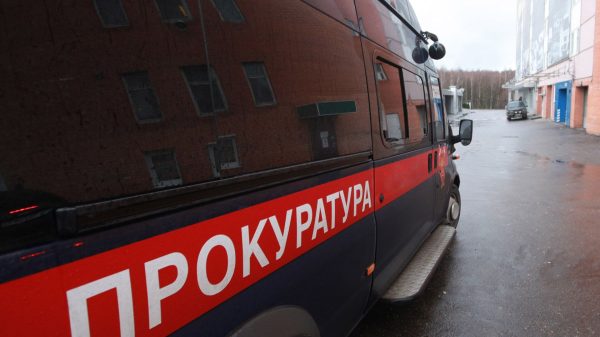
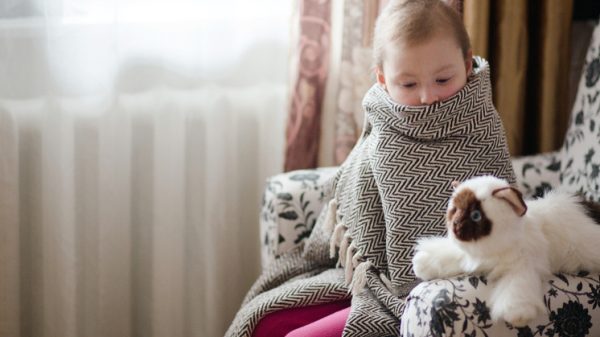
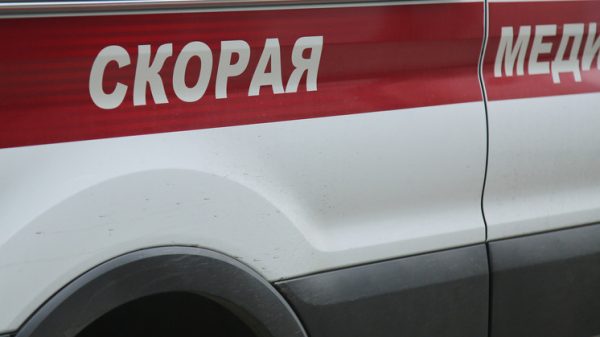
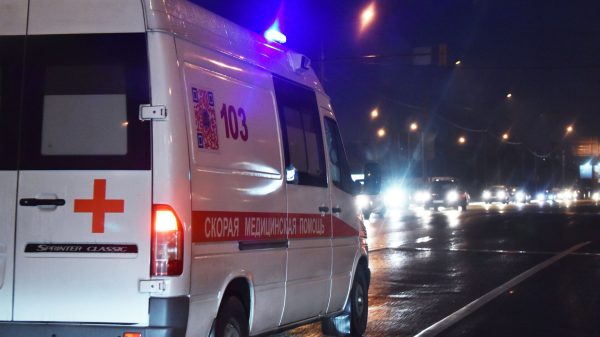
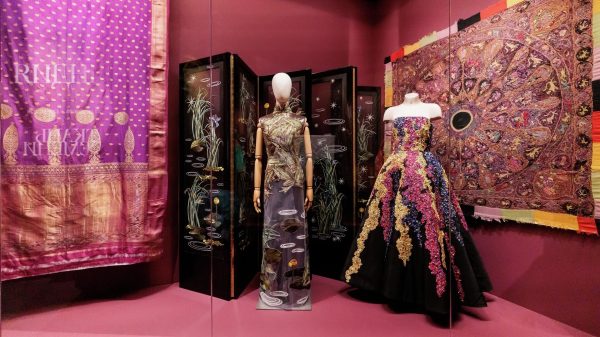
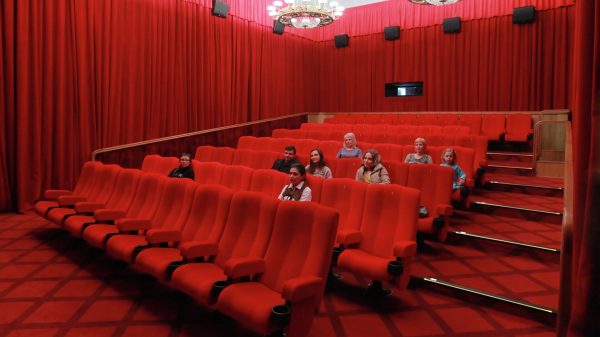

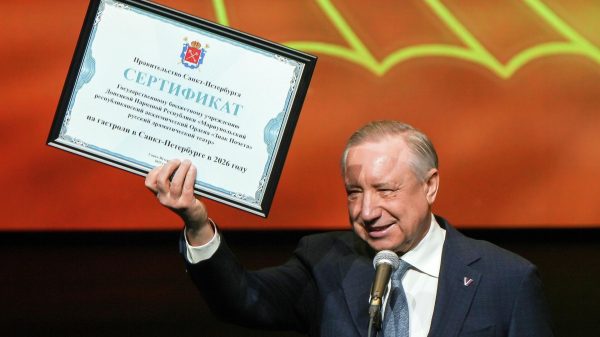

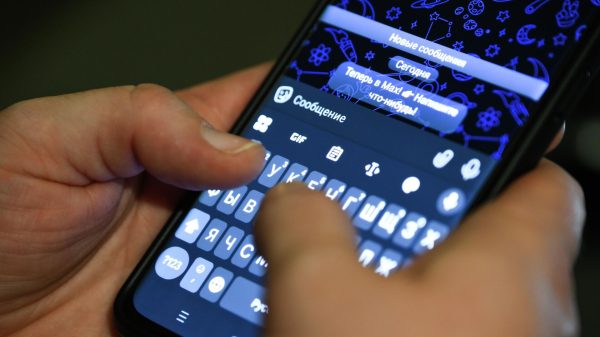



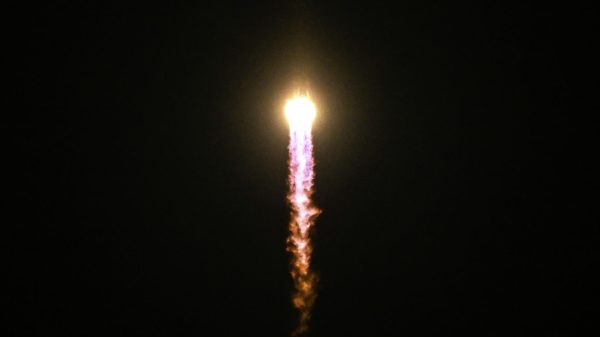











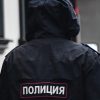
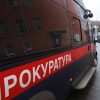
















Свежие комментарии